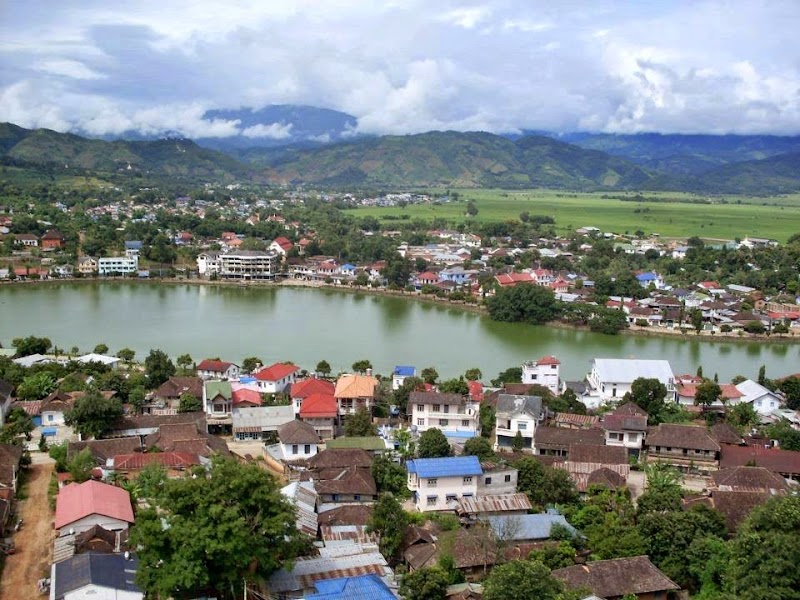
Naung Tung Wildlife Sanctuary Adventures
Naung Tung Wildlife Sanctuary is a protected natural area in eastern Myanmar known for its diverse forest ecosystems and important biodiversity, offering opportunities for wildlife observation and ecological research.
About Naung Tung Wildlife Sanctuary

Naung Tung Wildlife Sanctuary is located in Shan State, Myanmar, covering a significant forested region characterized by tropical and subtropical moist broadleaf forests. The sanctuary features varied terrain, including hills and valleys that provide critical habitats for a wide range of plant and animal species. It plays an essential role in the conservation of large mammals such as Asian elephants, gaur, and various species of deer, along with numerous bird species and reptiles. Established primarily to protect these species and maintain biodiversity, the sanctuary also serves as a natural watershed, contributing to regional ecological balance. The area lacks formal tourism infrastructure, emphasizing non-intrusive wildlife observation and research activities. Visitors may experience guided treks focusing on birdwatching, mammal tracking, and botanical studies. Due to limited developed trails and facilities, visiting typically appeals to experienced eco-travelers and conservationists interested in Myanmar's natural heritage. The sanctuary supports conservation efforts addressing habitat loss and poaching threats. Its remote location, coupled with rich biodiversity, offers a glimpse into one of Southeast Asia’s lesser-known but ecologically valuable forest reserves.
Highlights
Critical habitat for Asian elephants and gaur
Diverse tropical and subtropical moist broadleaf forest ecosystem
Key birdwatching area hosting rare and endemic bird species
Remote access offering authentic wilderness experience
Notable Natural Features
Asian Elephant Habitat
The sanctuary is an important corridor and habitat for wild Asian elephants, supporting their seasonal migration and breeding.
Rich Avian Diversity
Home to several rare and endemic bird species, making it a hotspot for birdwatchers and ornithologists.
Tropical Moist Forests
The area displays extensive tropical moist forest cover that supports high biodiversity and acts as a vital carbon sink.
